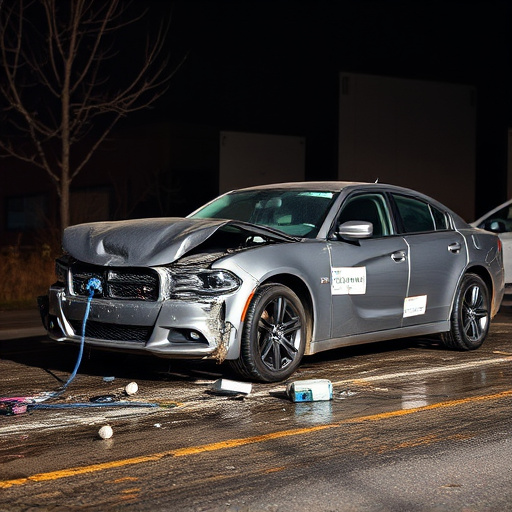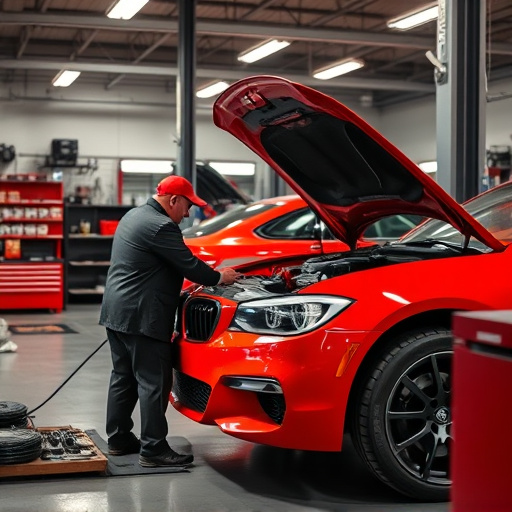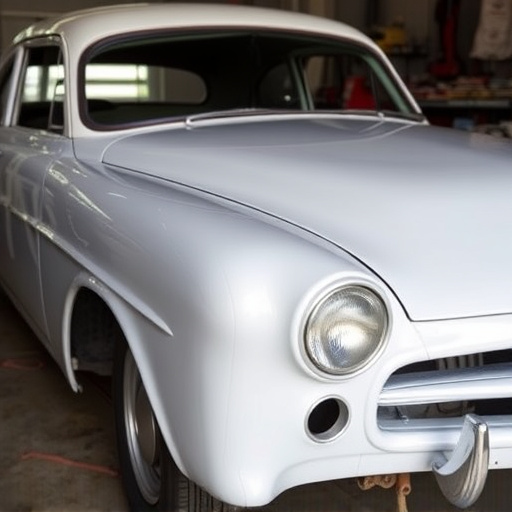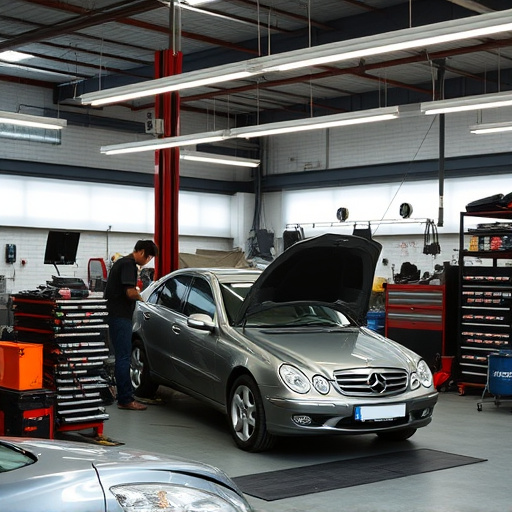Understanding auto body shop estimates involves recognizing that they break down into labor (varying by complexity and hourly charges), parts (influenced by market availability, brand, and type like genuine vs after-market), overhead, and profit. Location, specialization, and reputation impact labor rates, while material costs – genuine vs aftermarket, specialized materials, and lead times – affect overall estimates. Awareness of these components allows for effective comparison of quotes from different auto repair shops.
Understanding labor costs is a crucial aspect of accurate auto body shop estimates. This comprehensive guide breaks down the key components influencing these costs, from labor rates and time estimates to material types and overhead margins. By delving into skilled labor availability, repair job complexities, and local market conditions, you’ll gain insights into optimizing labor cost management in today’s competitive landscape. Discover strategies for efficient workflow design, enhanced productivity, and regular estimate adjustments to stay profitable.
- Deciphering Components of Auto Body Shop Estimates
- – Labor rates and time estimates
- – Material costs: Types and variations
Deciphering Components of Auto Body Shop Estimates
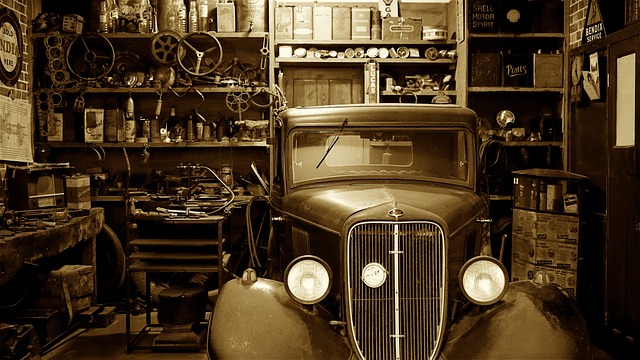
When you receive an auto body shop estimate, it can seem like a complex maze. However, understanding its components is crucial for making informed decisions about your car’s repair. An estimate typically breaks down the cost into several categories: labor, parts, and sometimes, additional services. Labor costs vary based on the complexity of the repair and the hourly rate charged by the auto body shop. The latter can differ between collision repair centers and auto repair shops, with specialized services or luxury brands often having higher rates.
Parts costs reflect the materials needed to fix your car, from replacement panels and paint to seals and screws. These prices can fluctuate based on market availability, brand, and whether genuine or after-market parts are used. Some estimates may also include a small markup for overhead expenses and profit, similar to how car body repair facilities account for their business costs. Being aware of these components allows you to compare quotes from different auto repair shops effectively.
– Labor rates and time estimates

Accurately determining labor rates and estimating the time needed for repairs is a critical aspect of auto body shop estimates. These factors significantly influence the overall cost of car body restoration, including bumper repair and more complex bodywork services. Labor rates vary widely depending on geographic location, the level of specialization required, and the reputation of the shop. For instance, urban centers often command higher labor rates due to increased operational costs compared to suburban or rural areas.
When preparing an estimate for a customer, auto body shops should factor in the average time needed to complete various tasks. This includes assessing damage, disassembling affected parts, performing repairs or replacements, and reassembling the car bodywork. Accurate time estimates ensure that customers receive fair pricing and help maintain profitability for the shop. Using industry-standard guidelines and keeping detailed records of past jobs can aid in providing precise labor cost projections in auto body shop estimates.
– Material costs: Types and variations
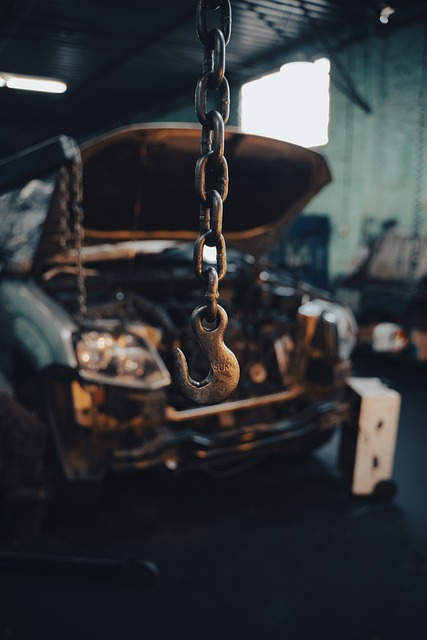
Material costs are a significant factor in auto body shop estimates. The types and variations of materials used can greatly impact the overall price of repairs. For instance, the choice between genuine parts and aftermarket parts can lead to substantial differences in labor costs. Aftermarket components, while often more affordable, may require additional work due to differences in quality and design, thereby increasing labor hours billed. Conversely, high-end, specialized materials for custom or luxury car bodywork services can command premium prices, reflecting their uniqueness and often intricate installation processes.
Understanding these variations is crucial when comparing collision center estimates. Auto frame repair, for example, might necessitate the use of specific structural steel grades or composite materials that carry different cost implications. Moreover, the availability and lead time for materials can also affect pricing. In today’s market, lead times for certain specialized parts can extend, adding urgency to the estimation process and potentially influencing labor allocation in auto body shop estimates.
In understanding labor costs within auto body shop estimates, business owners can make more informed decisions. By deciphering the components of these estimates, including labor rates and time estimates, as well as material costs, shops can optimize pricing strategies and enhance customer satisfaction. This knowledge is crucial for navigating the competitive landscape of auto body services, ensuring accuracy in quotes, and fostering trust with clients.



